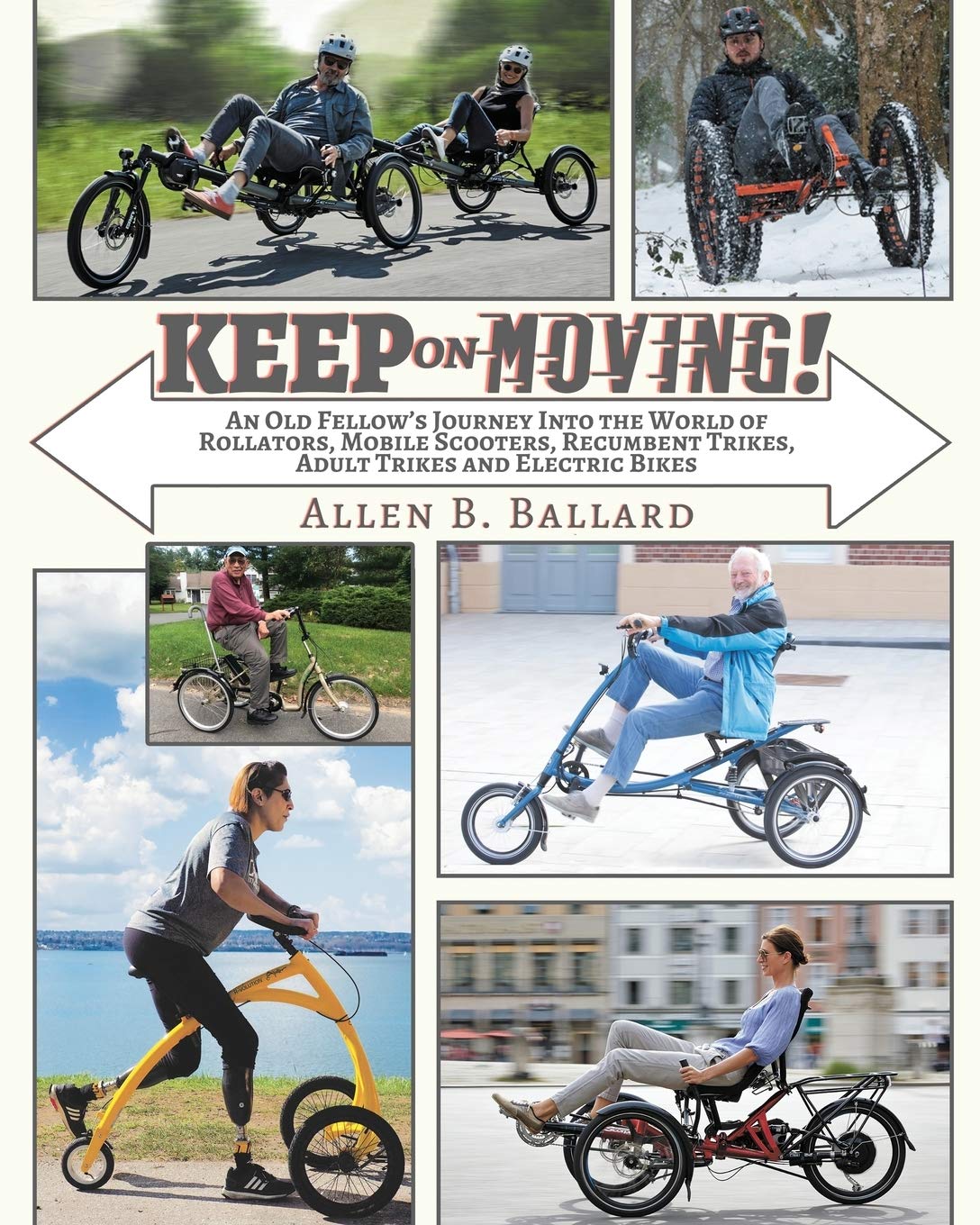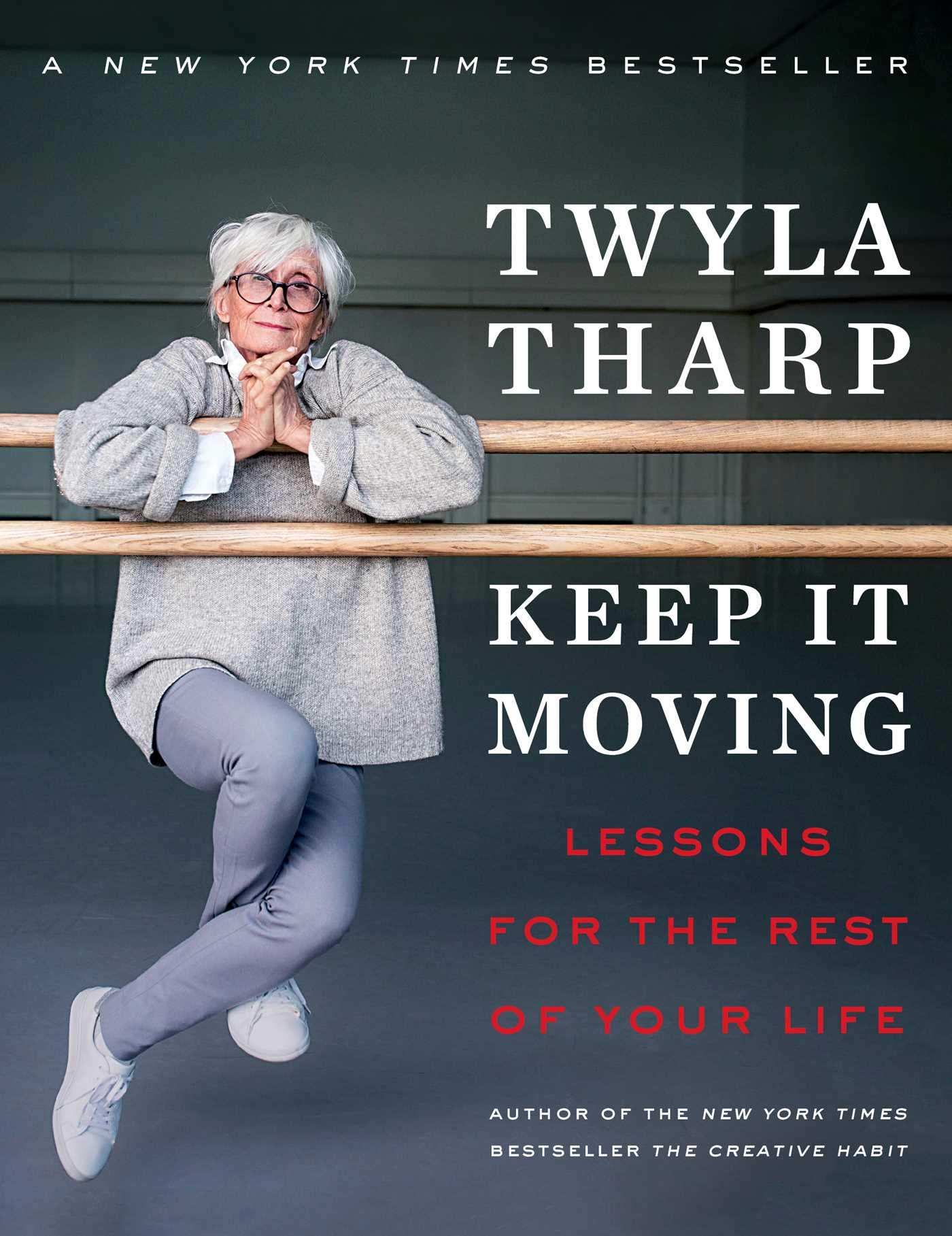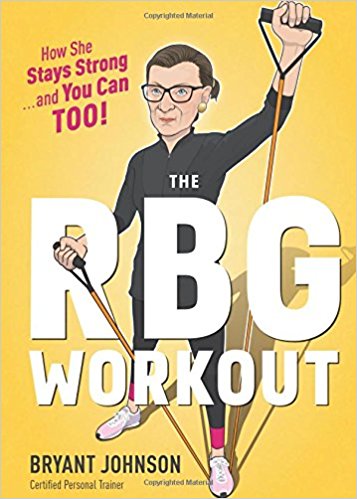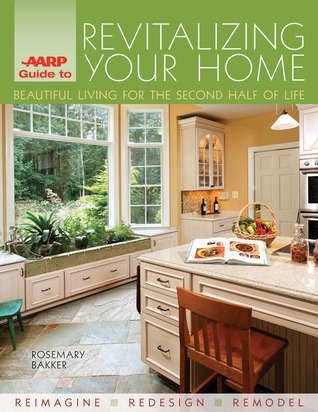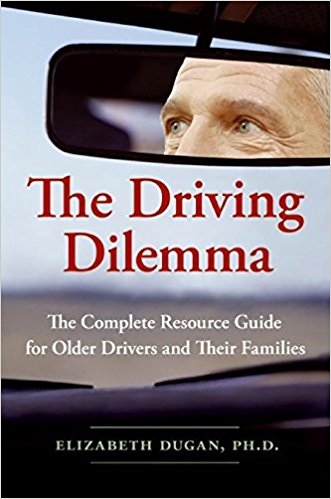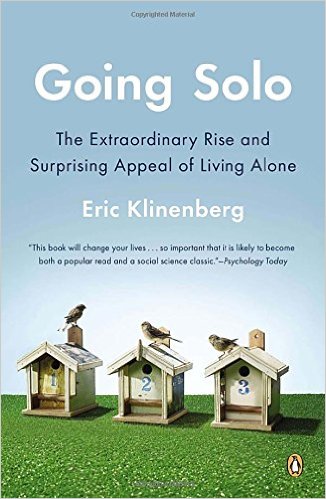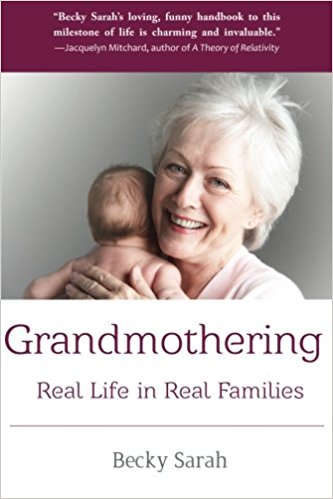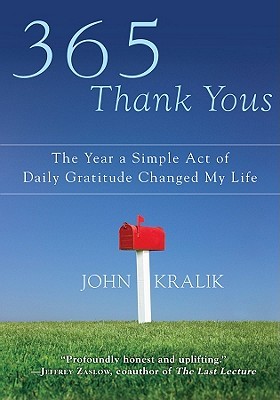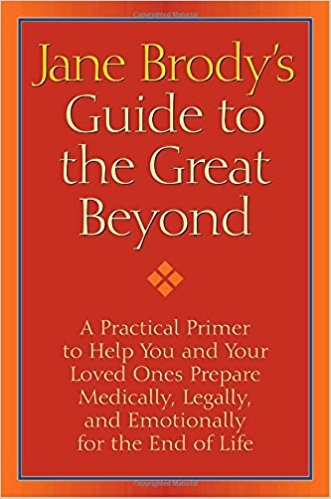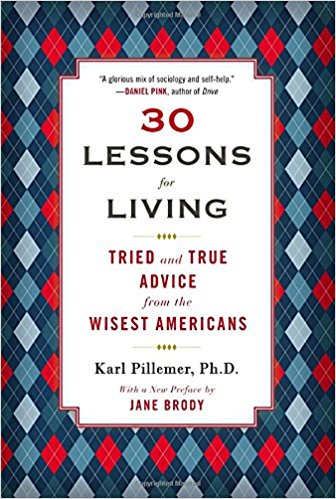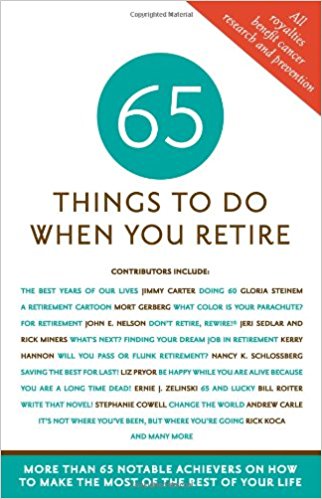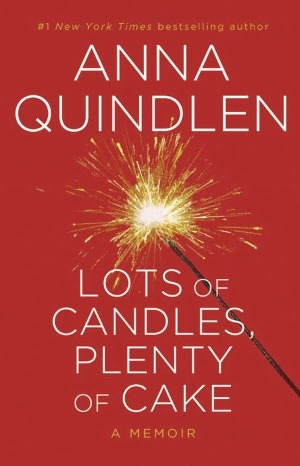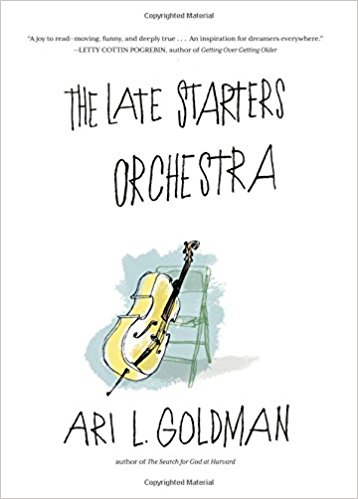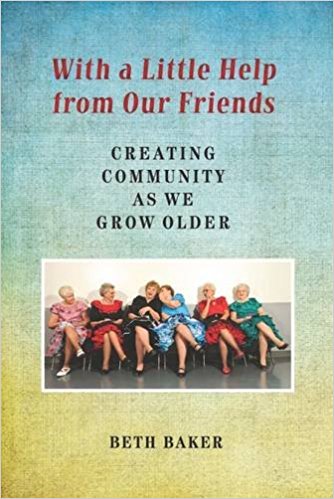
By Jonathan Fisher–Manuscripts LLC, 2024
Cardiologist and mindfulness teacher Jonathan Fisher bridges Western science and Eastern wisdom in his search for wholehearted living. Drawing on his own life experiences in overcoming debilitating anxiety and burnout, Fisher now believes that our hearts hold the answer to many of life’s challenges, both physical and spiritual. Revealing seven timeless traits of the heart for reaching holistic health and vitality at any age, he discusses the benefits of mindfulness practices, yoga, tai chi, acupuncture and other bodywork modalities. Some takeaways: good sleep practices and a healthy diet, being kinder to yourself and prioritizing human connection are keys to finding the path to wellness. Conversations with thought leaders on mind-body connections, as well as on aging, offer a compassionate and comprehensive guide to heart health.






